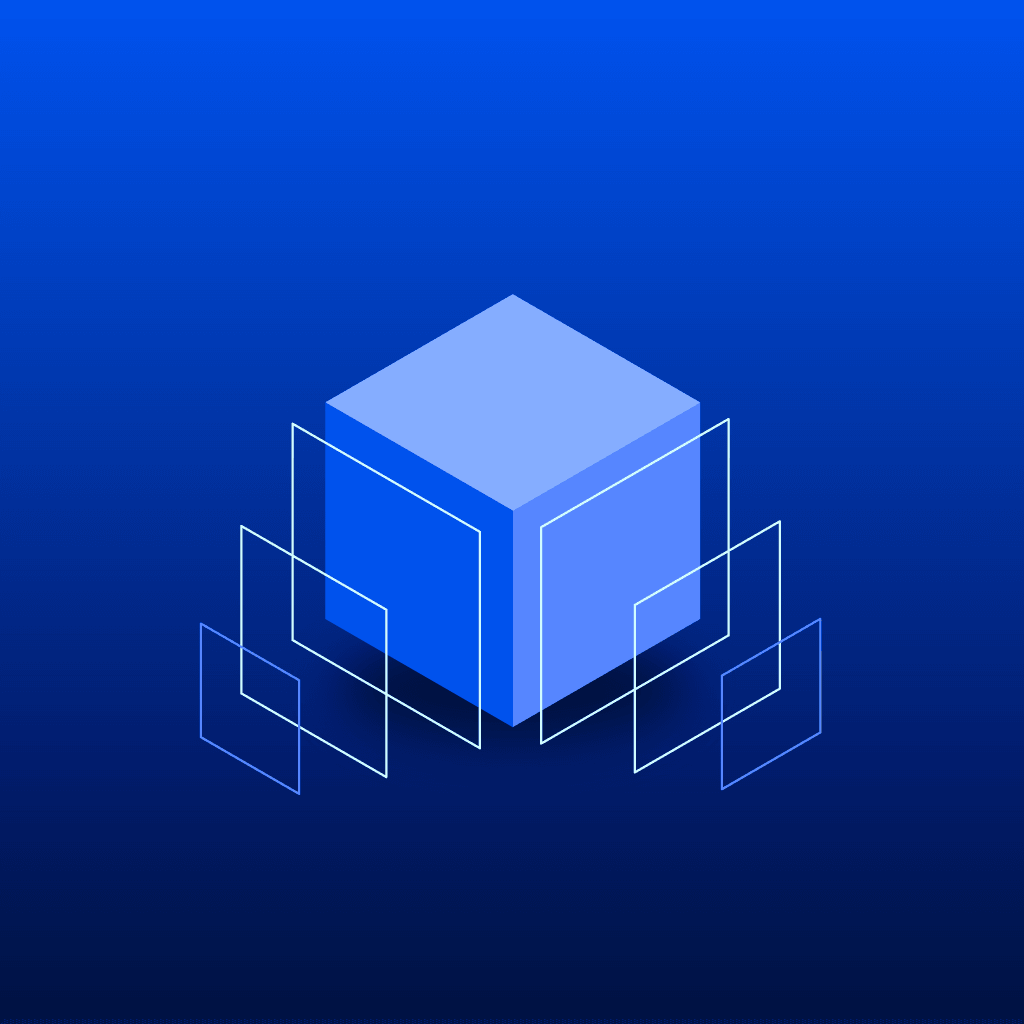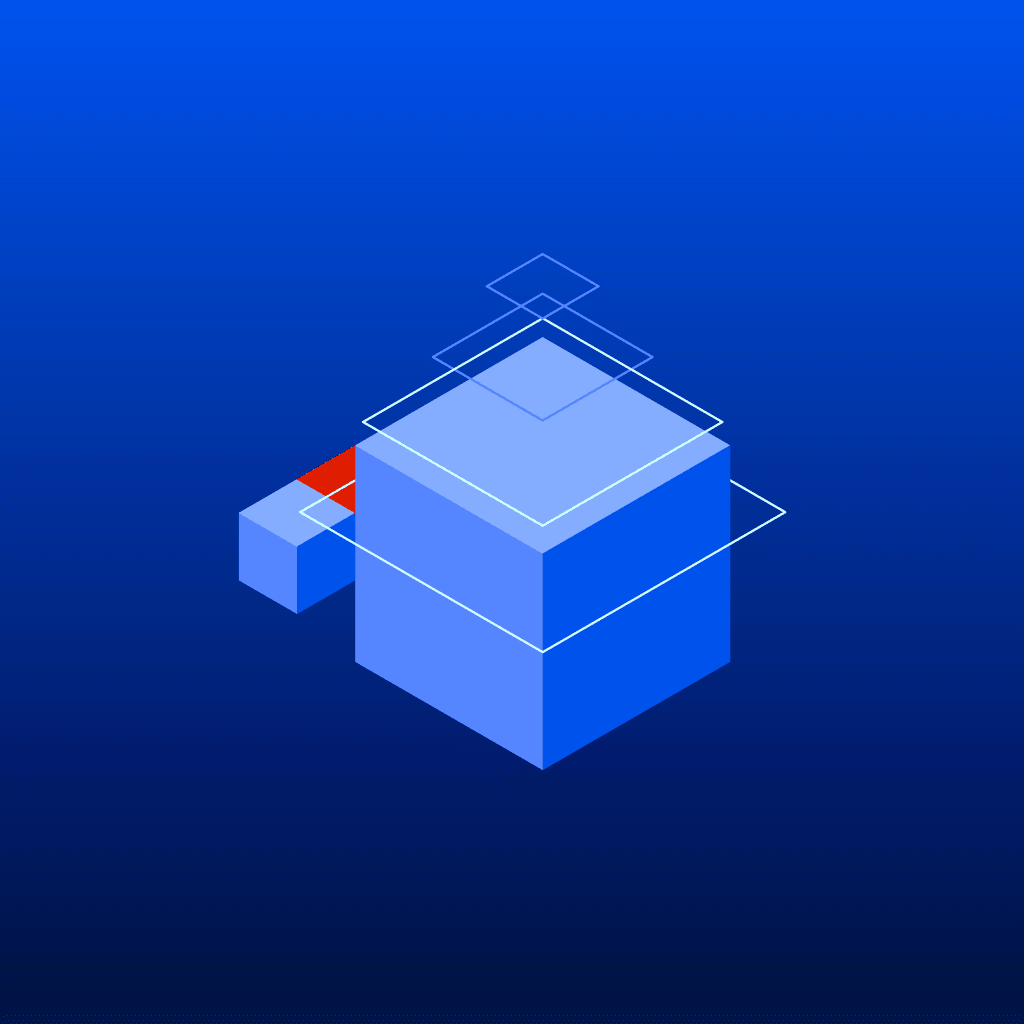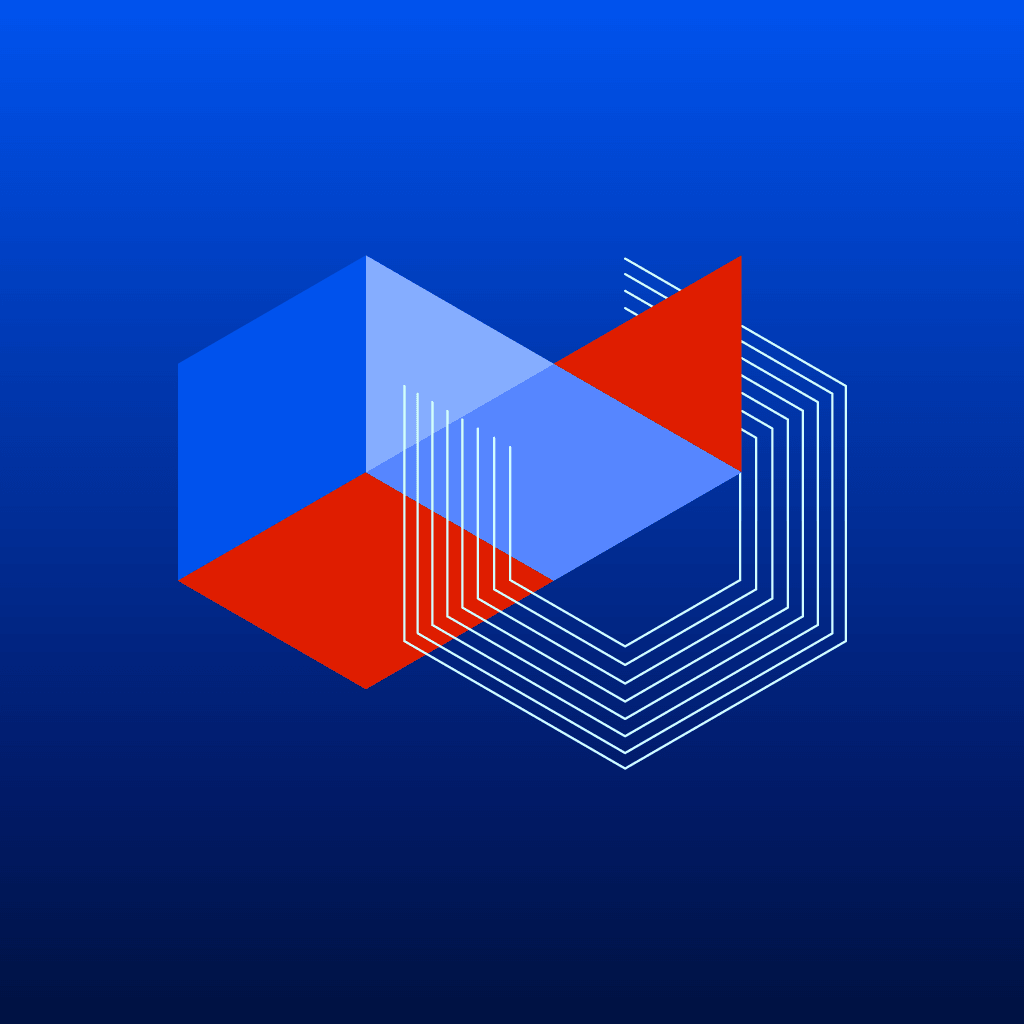Uniform blog/Personalization at MACH speed
Personalization at MACH speed
Personalization at MACH speed
As a crucial tool in any brand’s arsenal that greatly boosts conversions, personalization is often overlooked due to implementation issues. In fact, many brands feel that the significant increase in client conversions is not worth the high price of resolving the thorny technical challenges, in particular, these two:
- Personalization might prolong the loading of websites, causing visitors to lose interest and leave.
- The complexities and expenditures of scaling servers to meet the increase in load demands are tough to grapple with.
Still, personalization unarguably offers tremendous potential for improving the performance of digital experience and merits serious consideration. This post describes the nuances behind the scenes and suggests an effective solution.
Why personalization is important
Over the years, companies that personalize their sites see, on average, a 19% increase in client conversions. And no wonder—because people want easier, more intuitive ways to interact with brands and digital experiences. Personalization makes that possible.
In this digital-first age, brand loyalty depends highly on personalization. McKinsey & Company, which has long been extolling the virtues of personalization, points out in its article The value of getting personalization right—or wrong—is multiplying the urgency of personalization for all brands, stating that 71% of customers regularly expect some kind of personalization from brands they engage with. That necessity is even starker given McKensey’s take that faster-growing companies gain 40% of their revenues through personalized content and experiences.
Nonetheless, most brands have not personalized their digital experiences, no thanks to the challenges described above, resolving which is cumbersome and costly. Plus, when done the traditional way, personalization often slows down websites, in turn reducing conversions. But it doesn’t have to be that way.
How personalization is done with traditional architectures
Two types of personalization result from implementation through legacy architectures:
- Origin-based personalization, offered by monolithic CMS and DXP vendors, which involves coupling personalization with the page-delivery system. Additionally, an app server generates and delivers personalized content. Such an approach requires frequent calls to app servers that are relatively slow and difficult to scale, hence a reduced score for time-to-first-byte (TTFB), an important factor that determines website speed.
- Personalization through a JavaScript tag that is added to the website, which is done if third-party personalization vendors participate in the process. Such an approach enlarges the script and lengthens the time a browser needs to run the script, correspondingly slowing down page loads.
Those two approaches might have worked fine over the last decade. Not any more. People now expect instantaneous page loads and tend to bounce if loading takes more than a few seconds. What’s more, in the update of its Core Web Vitals (CWVs) just a year ago, Google prioritized loading speed over everything else in SEO rankings. So, if your website is slow, you are likely to lose out on the best SERPs [search engine results pages]—even if your content optimization trumps.
How personalization is done with MACH architectures
MACH architectures aim to eliminate performance problems by decoupling functionalities like personalization and page delivery from the CMS or DXP so that brands can create experiences that meet the latest performance and scalability requirements. As an illustration, as a global system that serves content quickly, the CDN delivers personalization the fastest. Consequently, MACH architectures aim to integrate personalization into the CDN rather than a browser or a CMS.
Origin- and browser-based systems typically deliver personalized pages in 400-1,200 ms. Remarkably, MACH architectures do that in 50 ms. or less—an 8–24x improvement. That translates to a higher CWV score, leading to Google prioritizing your pages over your competitors’.
Why personalizing MACH sites is the better way
MACH-based edge-personalization through a MACH-certified vendor like Uniform yields both performance gains and personalization. Here’s how:
- MACH architectures minimize origin-based services and execute closer to users, e.g., on a CDN, which is the best option for enhancing performance.
- MACH architectures decouple and deploy personalization with your app, removing any third-party or origin dependencies for page loads, thus improving performance.
- MACH architectures accommodate your stakeholders and facilitate scaling. Those stakeholders can continue to use the tools they prefer: CMS for content creators, Commerce for merchandisers, Analytics for analysts, CDN for DevOps, and JavaScript for developers. No rigid paradigms, just flexibility, and freedom to leverage the mechanisms that work best for the job.
Since MACH architectures are composable, personalization is compatible with their other components, capable of coexisting and working with data and content across various MACH technologies. That’s a win-win for all parties—creators and consumers alike—involved in your brand’s digital experiences. Do find out how Uniform can help you personalize your site based on a MACH architecture to capture and retain a larger audience. As a first step, check out our last post, CDP at MACH speed, then contact us for a demo.








